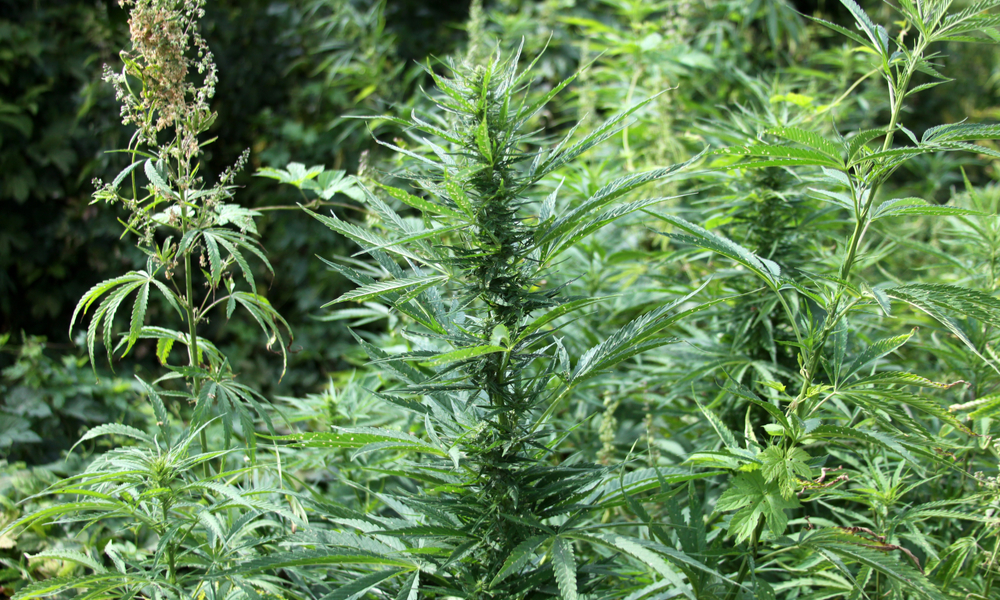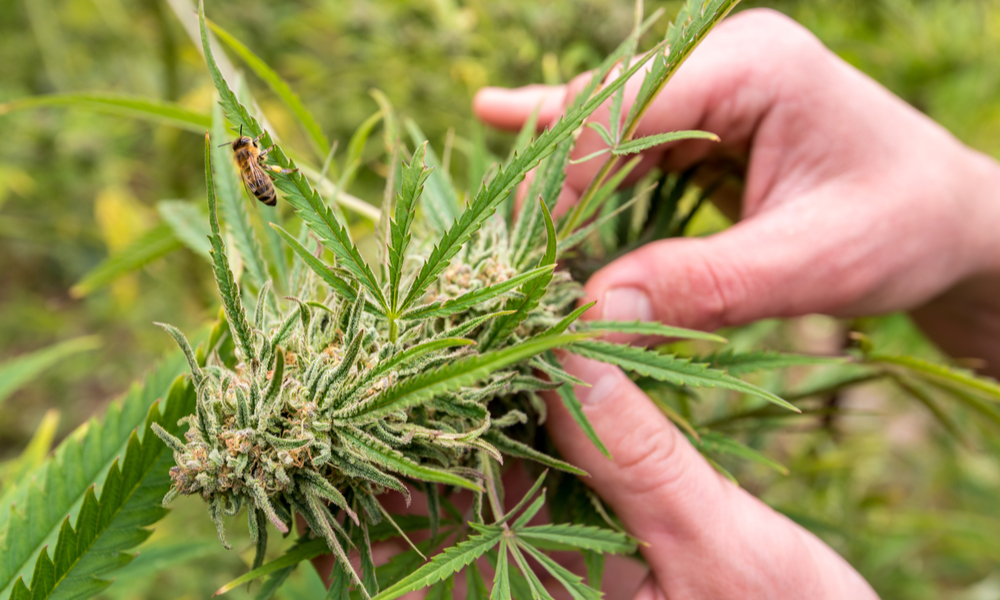The best cannabis cultivators always seek new ways to improve the quality of the flowers they produce. Some will still debate that there isn’t a difference between marijuana grown with chemicals and flowers grown organically. But savvy connoisseurs and well-informed patients prefer naturally produced pot. That’s why we’ve provided this handy step-by-step guide on how to grow organic weed.
What Does “Organic” Mean?
An organic product can broadly be described as any product that’s derived from a recently living organism. To grow organic weed means that your growing medium and plant foods result from natural sources. Not from synthetic salt compounds conjured up in a lab. Organic particles are capable of decay or are sometimes the product of decay, unlike the concentrated chemical formulas designed to grow commercial crops cheaply.
In a natural setting, plants, dead animals and animal waste all collect over time on the forest floor. They decay with the help of bugs, bacteria, worms and fungus to provide nourishment in the topsoil layer that is vital to plant growth. This process, referred to as the “soil food web,” is how recently living organisms feed their future selves and complete the cycle of life and death. Roots thrive, aided by mycorrhizal fungi that help break down nutrients for easy accessibility and uptake. This top humic layer of soil is teeming with beneficial microbes and bacteria. This is what we try to re-create when we grow organic weed.
Examples of chemically-derived non-organic nutrients are Miracle-Gro, Peter’s and the popular General Hydroponics Flora Series three-part formula. These nutrients will grow plants with nice-looking, sizable flowers. But without implementing a long flush, these buds will burn like charcoal, with a black ash that continuously needs to be relit. I’ve smoked plenty of decent chemically-grown pot (and grown it in the past). But the same strains, grown organically, always win out in the final analysis.
Step 1: Why Grow Organic?
Pouring salts and chemicals onto a dead medium and then down the drain does unnecessary damage to your local environment. It pollutes rivers, lakes and oceans.
Take one look at some of the results of chemical agribusiness runoff, such as the Salton Sea in Southern California. You’ll see why nonorganic nutrients are never advisable. Rotting fish carcasses float on the salty foam of a dead sea, and the whole area reeks of a foul stench that’s clearly man-made. This isn’t the woodsy, earthy smell of natural decay prevalent in a compost pile; it’s the acrid odor of an early demise caused by overuse of toxic chemicals.
Cannabis growers should feel an obligation to use a healthy, living soil to produce truly medicinal and connoisseur-quality pot. Now, most nutrient companies provide organic alternatives that won’t clog drippers or stink up reservoirs, so even hydro growers can take advantage of more natural plant foods. Medicinal users who want to grow organic weed should especially take note of organic methods. There’s no longer any legitimate reason to use chemical formulas.

















I just started growing organic,in the past I used synthetic chemicals and done very well. I now have all my plants in dire straits and trying desperately to save them. I don’t know where I went wrong and will take any suggestions or advice at this time.
Go back to what works for you
Interesting